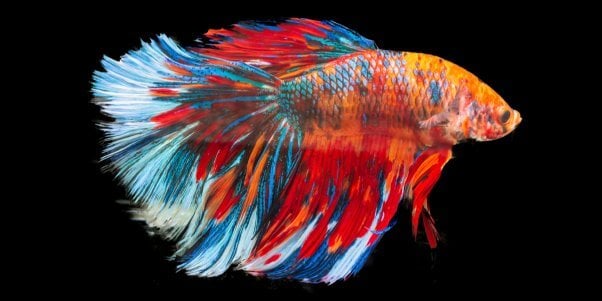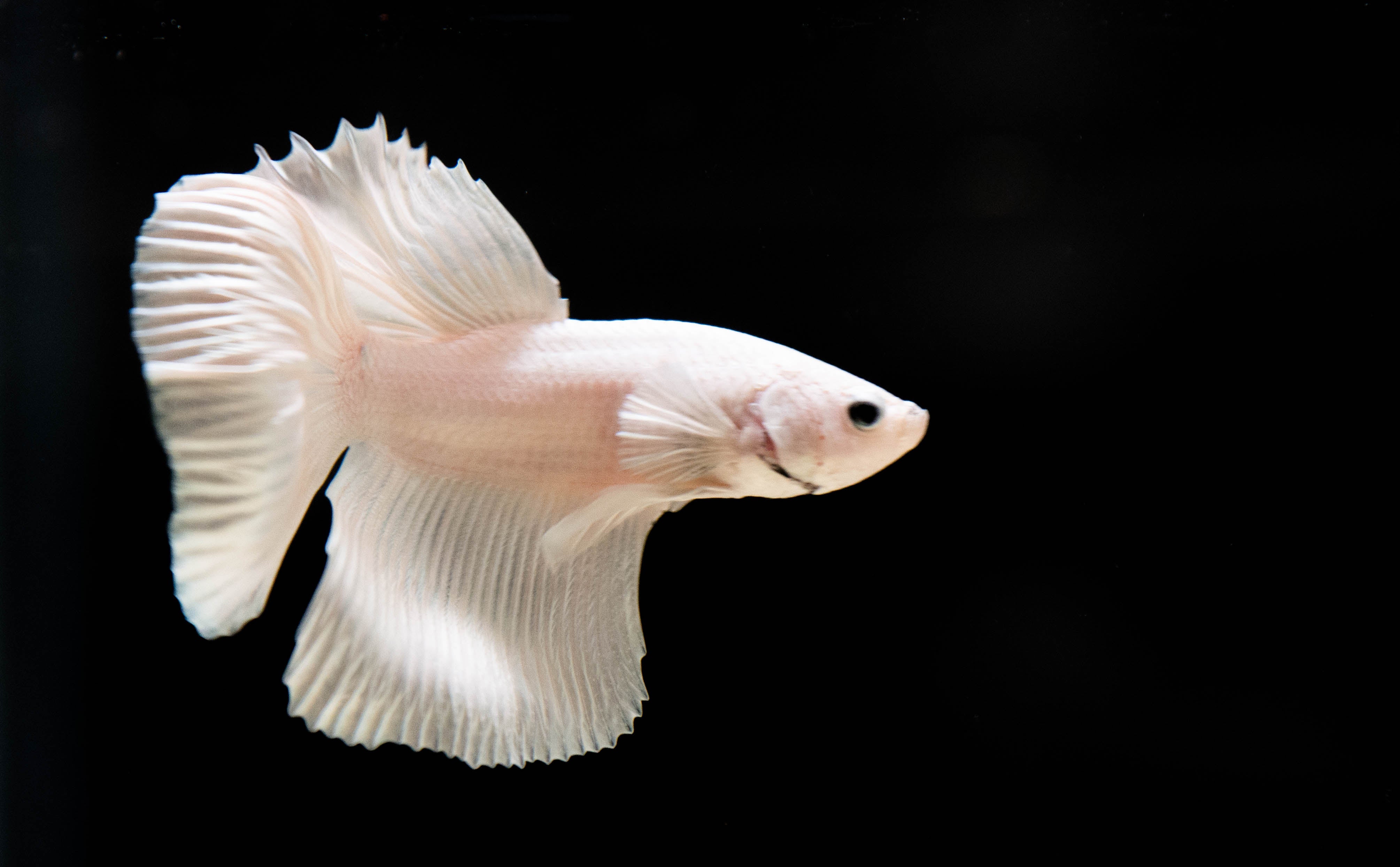The Ultimate Betta Fish Care Guide for New Family Pet Owners
The Ultimate Betta Fish Care Guide for New Family Pet Owners
Blog Article
Reproducing Betta Fish: a Comprehensive Step-By-Step Guide to Efficiently Raising Infant Bettas From Eggs to The Adult Years
Breeding Betta fish is a thorough endeavor that requires mindful planning and implementation to guarantee the effective development of fry from eggs to develop fish. Selecting genetically diverse breeding sets with preferable features is only the start; developing an ideal environment and understanding the ins and outs of the reproducing procedure are just as crucial. As the male Betta diligently constructs a bubble nest and guards the priceless eggs, the subsequent phases of treatment and shift demand focus to information and knowledge of ideal methods. Just how does one browse the tough yet satisfying course of nurturing these vivid creatures to adulthood?

Selecting Breeding Pairs
When embarking on the journey of breeding Betta fish, picking the ideal breeding pairs is crucial to accomplishing desirable characteristics and a healthy and balanced lineage - betta fish. The very first step in this process is to recognize the certain qualities you want to improve or preserve, such as color, fin type, and body shape. It is necessary to select genetically varied pairs to stay clear of inbreeding, which can bring about health and wellness issues and unfavorable qualities
Examine possible breeding prospects very carefully. A healthy male Betta should exhibit dynamic colors, an active behavior, and well-formed fins, while the female needs to also display vivid coloration and a rounded stomach, showing preparedness for spawning. Observing the temperament of both fish is important, as hostile or overly reluctant people might not reproduce effectively.
Documentation of lineage is similarly vital. Keeping documents of the moms and dad fish's ancestry can aid you track genetic traits and potential problems. Furthermore, speak with trusted breeders or on-line sources for advice on choosing suitable sets. Inevitably, investing time in the choice process will dramatically enhance the probability of creating solid, vibrant spawn that satisfy your breeding objectives (betta fish).

Preparing the Breeding Storage Tank
Creating an ideal reproduction environment is an essential step after selecting appropriate sets for Betta fish. The breeding tank should be particularly created to provide convenience and boost the natural reproduction actions of the fish. Start with a storage tank dimension of at the very least 10 gallons to ensure adequate space for both the male and female Bettas.
Preserve a gentle filtering system to keep the water clean while preventing strong currents that can stress the fish. Furthermore, an air stone can be added to supply oxygenation without interrupting the water surface way too much.
Temperature level law is crucial; goal for a stable series of 78-82 ° F(25-28 ° C) making use of a dependable heater. The pH degree need to be maintained in between 6.5 and 7.5, and normal water modifications are needed to make certain high water high quality.
Include floating plants or generating sponges to create hiding spots for the try these out female, while additionally motivating bubble nest building by the male - betta fish. Guarantee the tank is totally free from sharp decors and any kind of prospective hazards, as the well-being of the fish need to always be prioritized throughout this vital stage of breeding.
The Reproduction Refine
Normally, the breeding process for Betta fish additional hints includes a collection of distinctive and evident actions that suggest preparedness for reproduction. The male Betta begins by developing a bubble nest at the water's surface area, which acts as a site for the fertilized eggs. This nest is essential, as it provides a secure environment for the eggs up until they hatch.
As soon as the nest is developed, the man will certainly present courtship habits, such as flaring his fins and displaying vivid shades to bring in the lady. The lady, upon picking up the man's readiness, will react by displaying upright stripes along her body, signifying her receptiveness.
When the female approaches, the male takes part in a mating dancing, commonly bring about an accept referred to as the "spawning." Throughout this welcome, the woman launches her eggs, which the male fertilizes instantly. The fertilized eggs after that are up to the bubble nest, where the male carefully gathers and returns them to the nest. Following this, the male thinks responsibility for securing the nest and making sure the security of the eggs until they hatch, commonly within 24-36 hours. This stage is essential in the breeding process, laying resource the foundation for successful fry advancement.
Taking Care Of Betta Fry
Caring for Betta fry calls for careful interest to their setting and nourishment to ensure healthy growth and advancement. After hatching out, Betta fry are incredibly tiny and prone, requiring a secure and clean habitat.
Feeding Betta fry is equally vital. Feed them small amounts numerous times a day, being mindful not to overfeed, which can lead to water quality problems.
Transitioning to Grownup Bettas
As Betta fry fully grown, transitioning them to grown-up Bettas is a crucial stage that calls for careful monitoring of their setting and social interactions. This procedure commonly starts when the fry get to around six weeks of age, at which point they can be slowly introduced to an extra structured living environment.
To promote this transition, it is vital to guarantee that the water specifications-- such as temperature level, pH, and ammonia levels-- are ideal and secure. Adult Betta fish grow in warm water (around 78-80 ° F) with a pH of 6.5 to 7.5. Gradually acclimate the fry to these problems to reduce stress.
Social communications are an additional crucial element; male Bettas are infamously territorial and aggressive. Consequently, it is advisable to separate males into individual tanks as they develop. Women Bettas can be housed together, yet treatment needs to be taken to monitor for indicators of hostility.
Furthermore, nutritional adjustments need to be made as the fry expand. Include top notch pellets and live foods to support their growth and health. By managing these aspects successfully, you can promote a successful change to the adult years for your Betta fish.

Conclusion
Successful reproduction of Betta fish requires mindful focus to information throughout the entire process, from choosing genetically varied sets to giving optimum care for fry. In addition, a well balanced diet regimen and steady adjustment to grown-up settings are vital for the growth and development of Betta fish.
Report this page